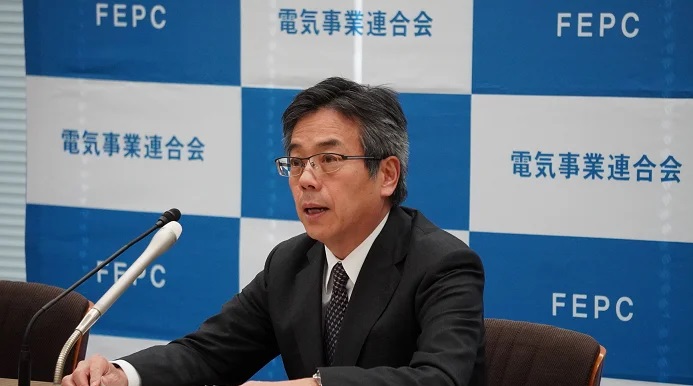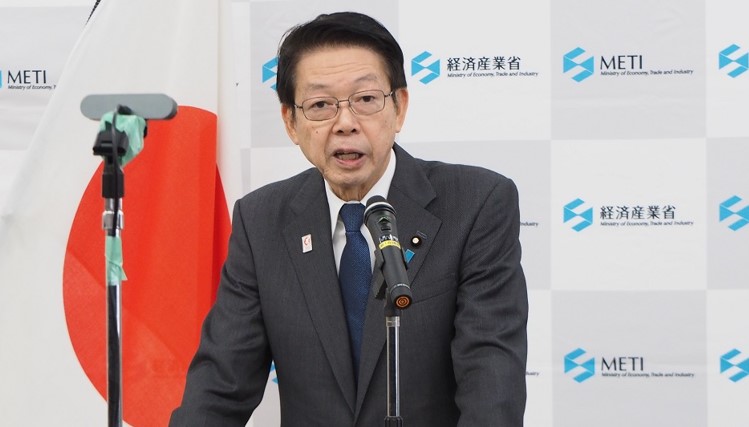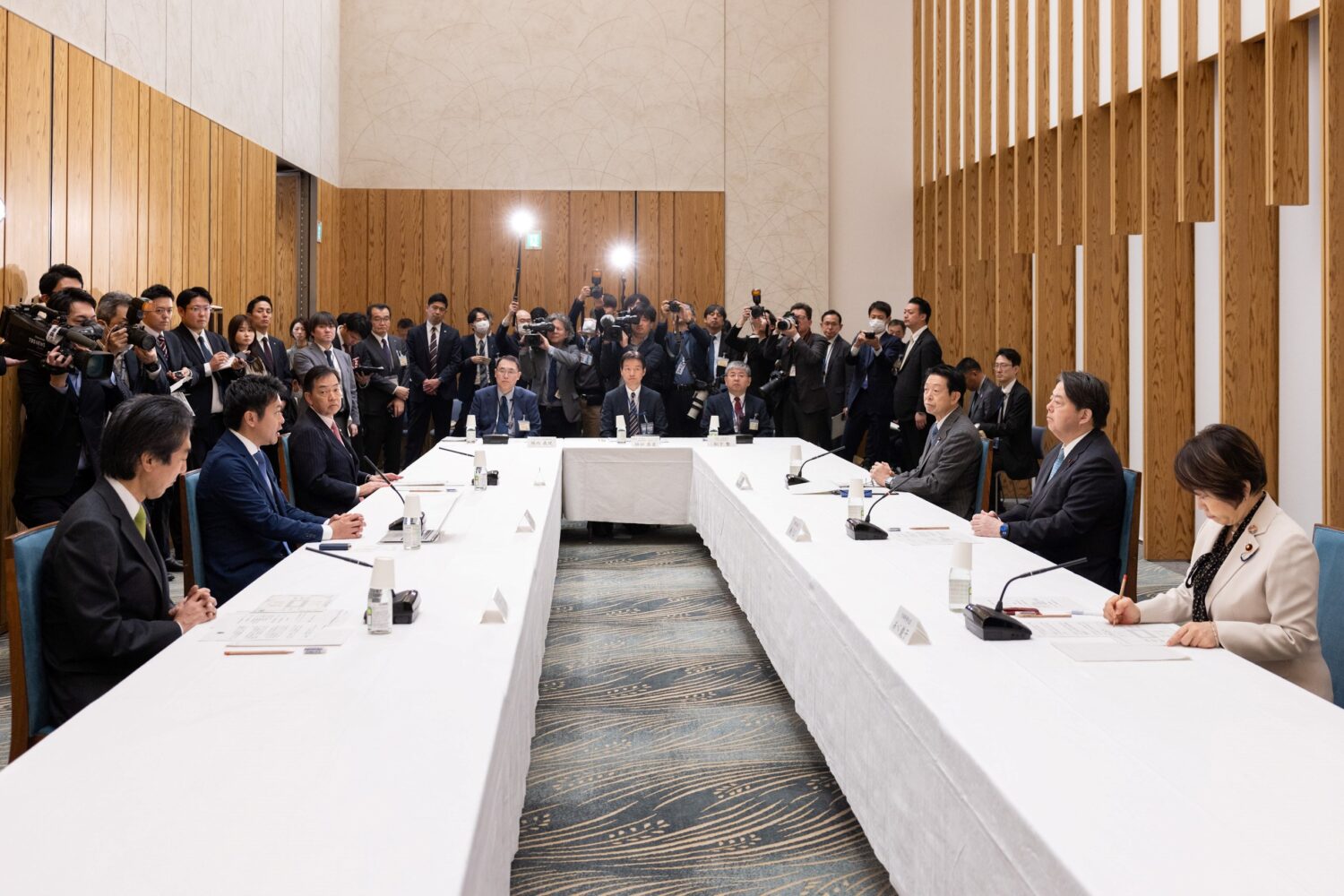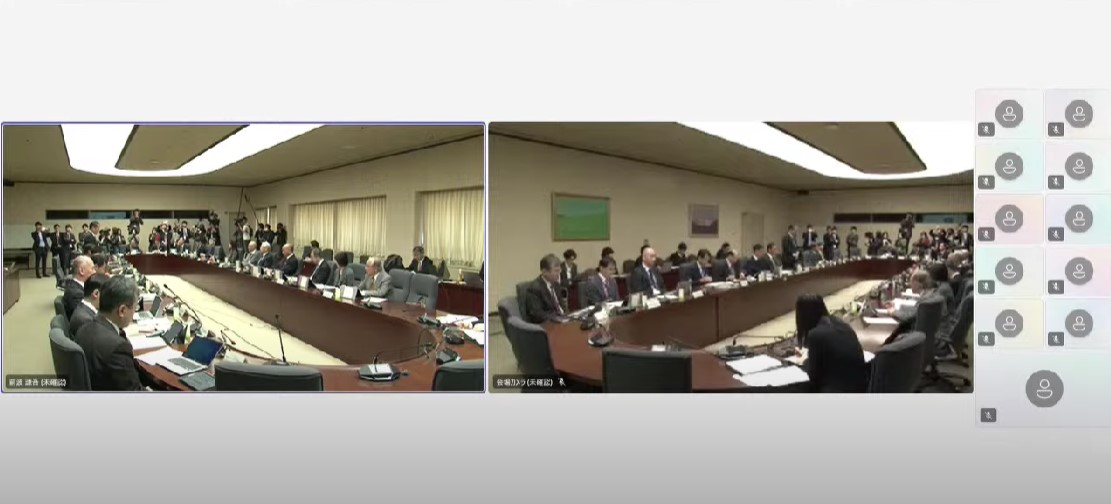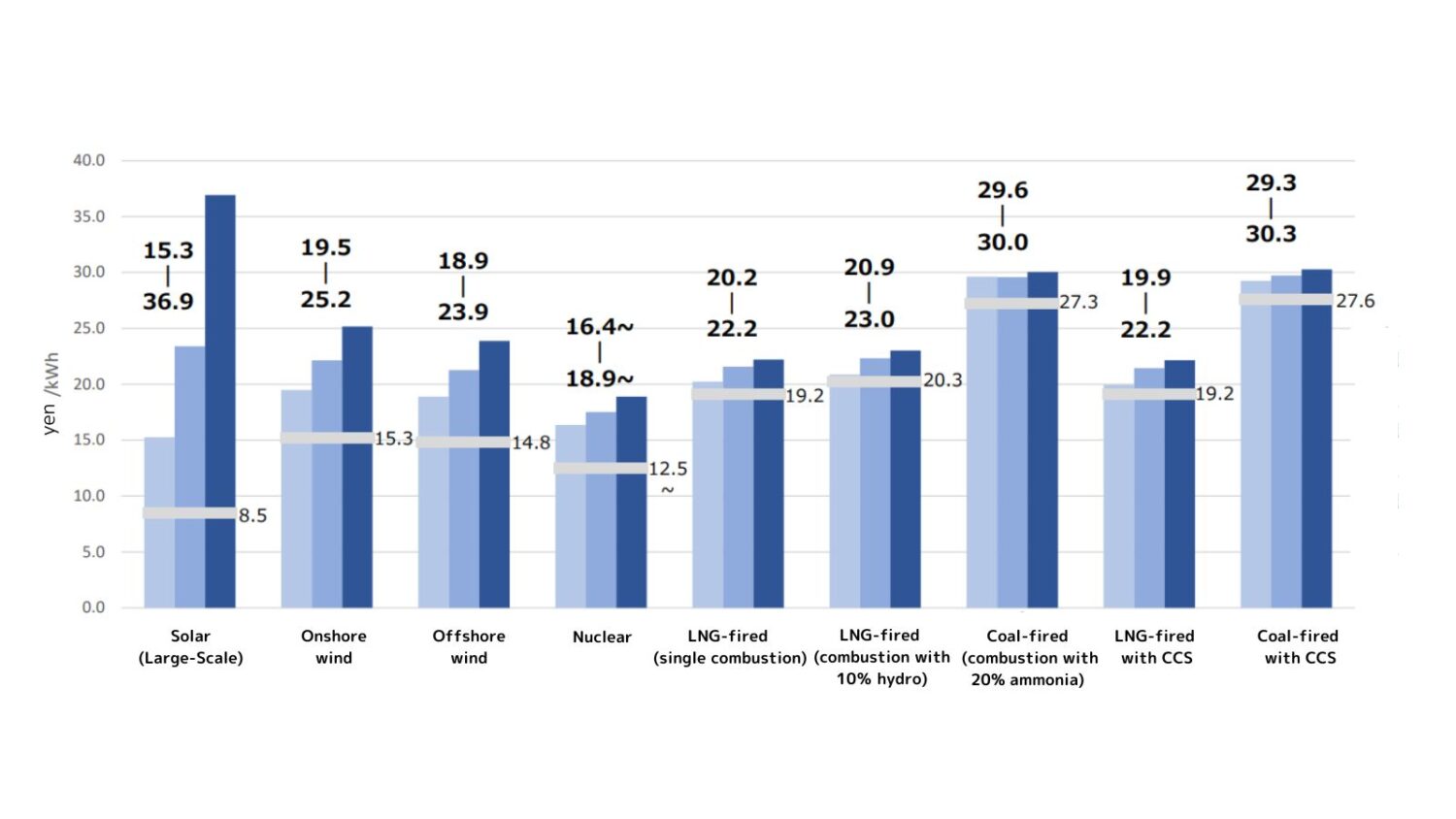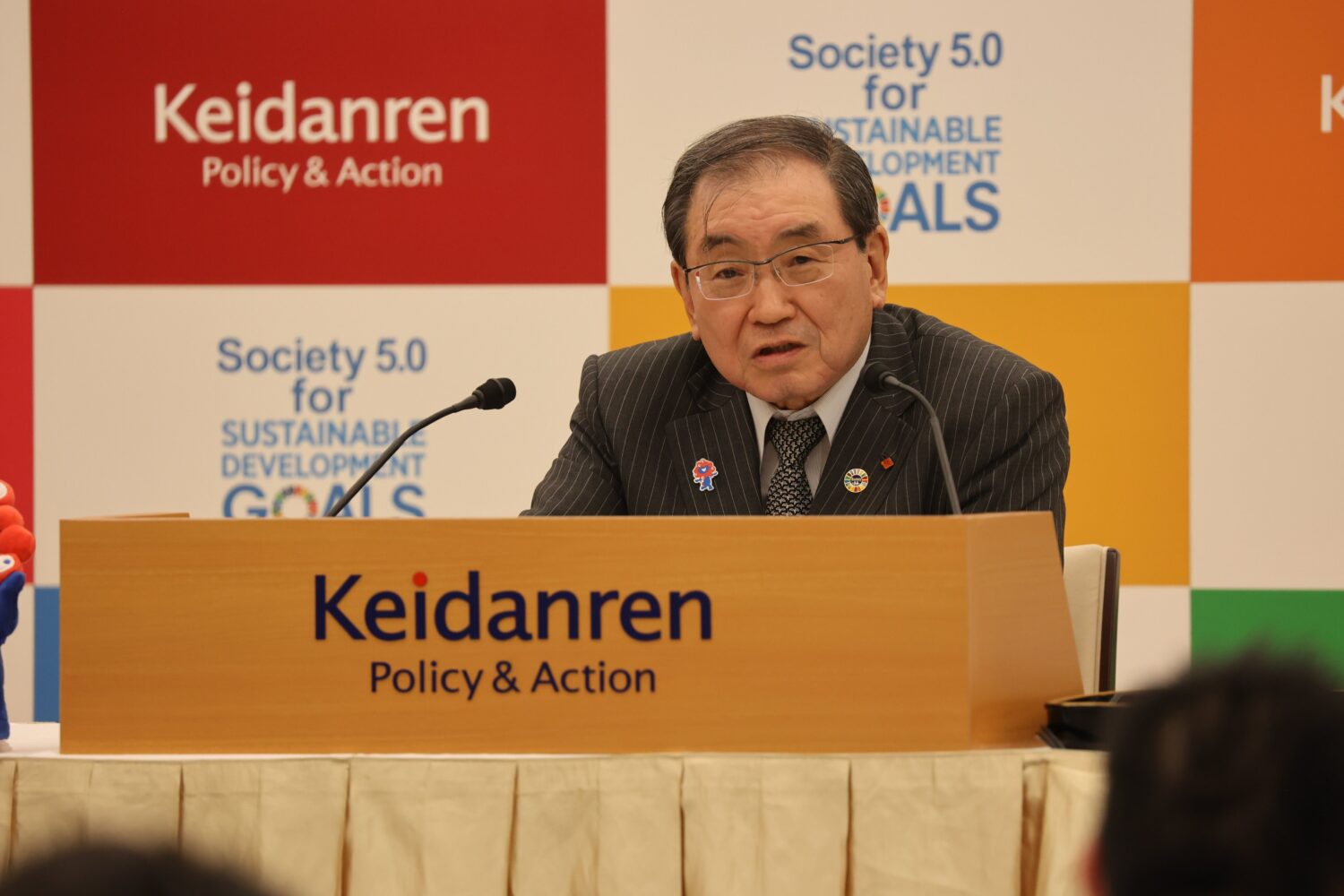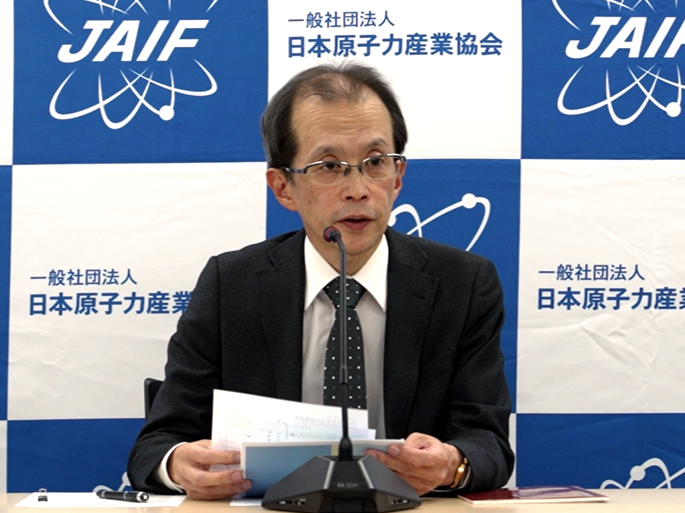The draft included development of a long-term scenario toward 2050 in response to targets under the Paris Agreement, an international framework for reducing greenhouse gas emissions. The new plan incorporates scenarios for implementation of a 2030 energy mix, and casts an eye on 2050 as well.
Toward achieving the desired 2030 energy mix (a product of the long-term energy supply-and-demand outlook issued in July 2015)—efforts toward which it deems “incomplete so far”—the new plan adheres firmly to the principle of “3 E’s + S”: namely, the conventional three “E’s” of energy security, economy and environmental protection, plus the “S” of safety. It calls for energy conservation generally, and measures and responses tailored to each energy source, as follows: renewable energies (targeted at 22-24% of total generated electricity), nuclear energy (at 20-22%) and fossil fuels (at 56%).
Toward 2050, with a goal of reducing greenhouse gas emissions by 80%, as declared in the Paris Agreement, the plan embraces an aggressive, omnidirectional approach—pursuing all options—to achieve a so-called “energy shift” and realize a low-carbon society.
Nuclear power, in the implementation of the 2030 energy mix, remains “an important base-load power source contributing to the stability of the long-term energy supply-and-demand structure.” Toward 2050, it is positioned as “an option during the stage of commercialization for realizing a low-carbon society.”
Upon approval of the new Strategic Energy Plan by the Cabinet, Chairman Satoru Katsuno of the Federation of Electric Power Companies (FEPC) released a comment stressing the significance of the plan, saying that he expects the government to promote it “continually as a key policy of the nation.” He then noted again the positioning of nuclear power in the new plan, and said that FEPC would prepare for the future construction of new nuclear power plants and the replacement of older ones by perpetually improving safety and economic efficiency.





